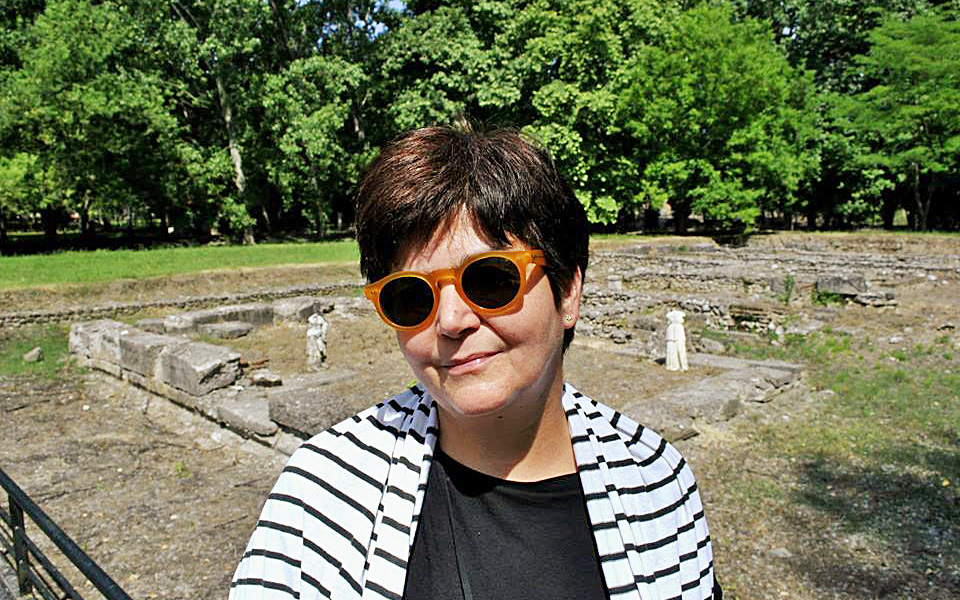Depot, a district in the eastern part of the city, is one of Thessaloniki’s most charming spots. Buildings positioned within short distance of each other rekindle memories of a multicultural past designed by three of Thessaloniki’s most significant exponents of eclecticism: the architects Vitaliano Poselli, Piero Arrigoni and Xenofondas Peonidis.
The area takes its name from the defunct tram depot located on Vasilissis Olgas St. In operation between 1893 and 1957, the facility served as the starting point for a seaside tramline. The depot is now in a dilapidated state. The important role it once played in the city’s life is beginning to fade in the minds of locals. Just meters away, the imposing Casa Bianca mansion, designed by Arrigoni in 1911, fully renovated in 1997 and which now houses the Municipal Gallery, has kept its legend. The building served as the family residence of Italian-Jewish industrialist Dino Fernandez-Diaz and was named after his Swiss wife Blanche (or Bianca) Meyer. It became strongly associated with his daughter Aline’s controversial love affair with Greek army officer Spyros Alibertis shortly after the city’s liberation from Ottoman rule in 1912, during the First Balkan War. At the time, intimate relationships between Jews and Christians were rare, to say the least. Facing an outcry, the two young lovers took matters into their own hands and eloped by boat to Halkida before finally receiving the blessing of Fernandez-Diaz, who welcomed them back to the mansion.
Moving on to the next stop on this tour, the emblematic Allatini mansion was owned by a wealthy family that played a prominent role in the local economy for about two centuries. Standing as one of Poselli’s most impressive works, the building, dating to 1898, has been used for a variety of purposes over the years. Ottoman Sultan Abdul Hamid II, who was deposed by the Young Turks, lived here under house arrest from 1909 to 1912. It also served as the original premises of the newly founded University of Thessaloniki from 1926, as a hospital during the early stages of the Second World War, and is nowadays the headquarters of the Central Macedonia regional authority. The building is arguably most striking when viewed at the crack of dawn, especially on damp days when it is partially covered by the morning fog.
When taking my daily walk along this route, I always turn right at the Allatini mansion to enjoy the tranquility offered by the Ouziel Quarter, a block of 28 small, identical one-storey houses, which has not lost its charm. Created by the architect Jacques Moshe, the project was named after David Ouziel, a building contractor and major shareholder in the Thessaloniki Tramway Company, who developed it in 1927.
Leaving the quarter and returning to Vasilissis Olgas St, I like to walk toward the intersection with 25 Martiou St for yet another encounter with yesteryear. Villa Mordoch, named after the last family to live there, was designed by Peonidis and completed in 1905. The building’s onion-shaped dome dominates the architecturally eclectic construction that features neoclassical, baroque and art nouveau elements. There has been plenty of activity at this mansion over the years. It has served as offices for the social security fund IKA, a children’s refuge (following the Greek Civil War fought from 1946 to 1949) and, until recently, the Municipal Art Gallery. Nowadays, its well-kept garden, equipped with benches, lamp posts and featuring a bronze sculpture by Kyriakos Kambadakis, is an attraction for locals on sunny days.
• Evi Karkiti, a journalist and radio producer, is a member of Thessaloniki Walking Tours team.











